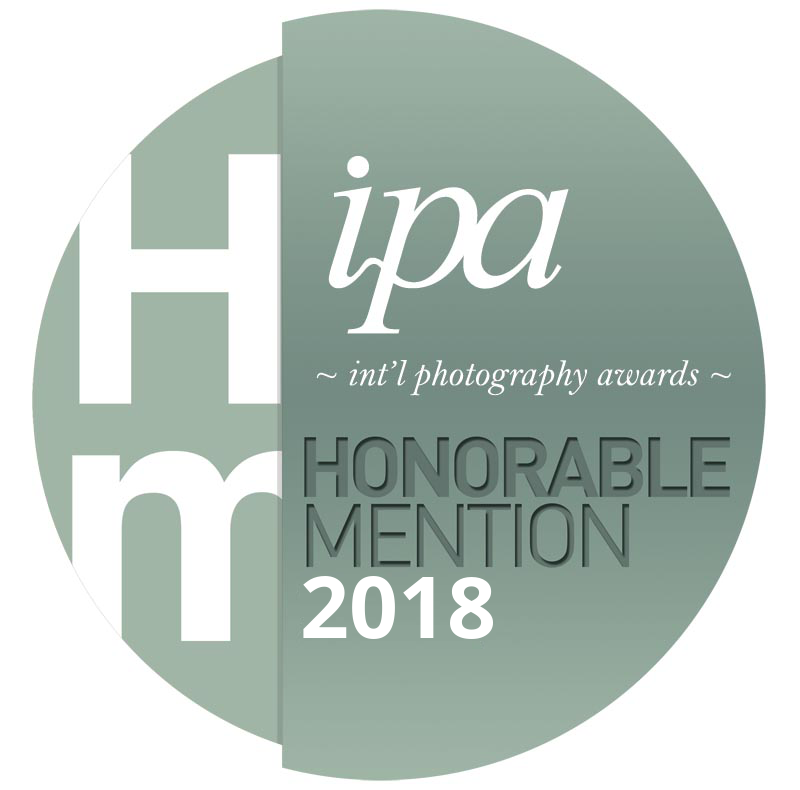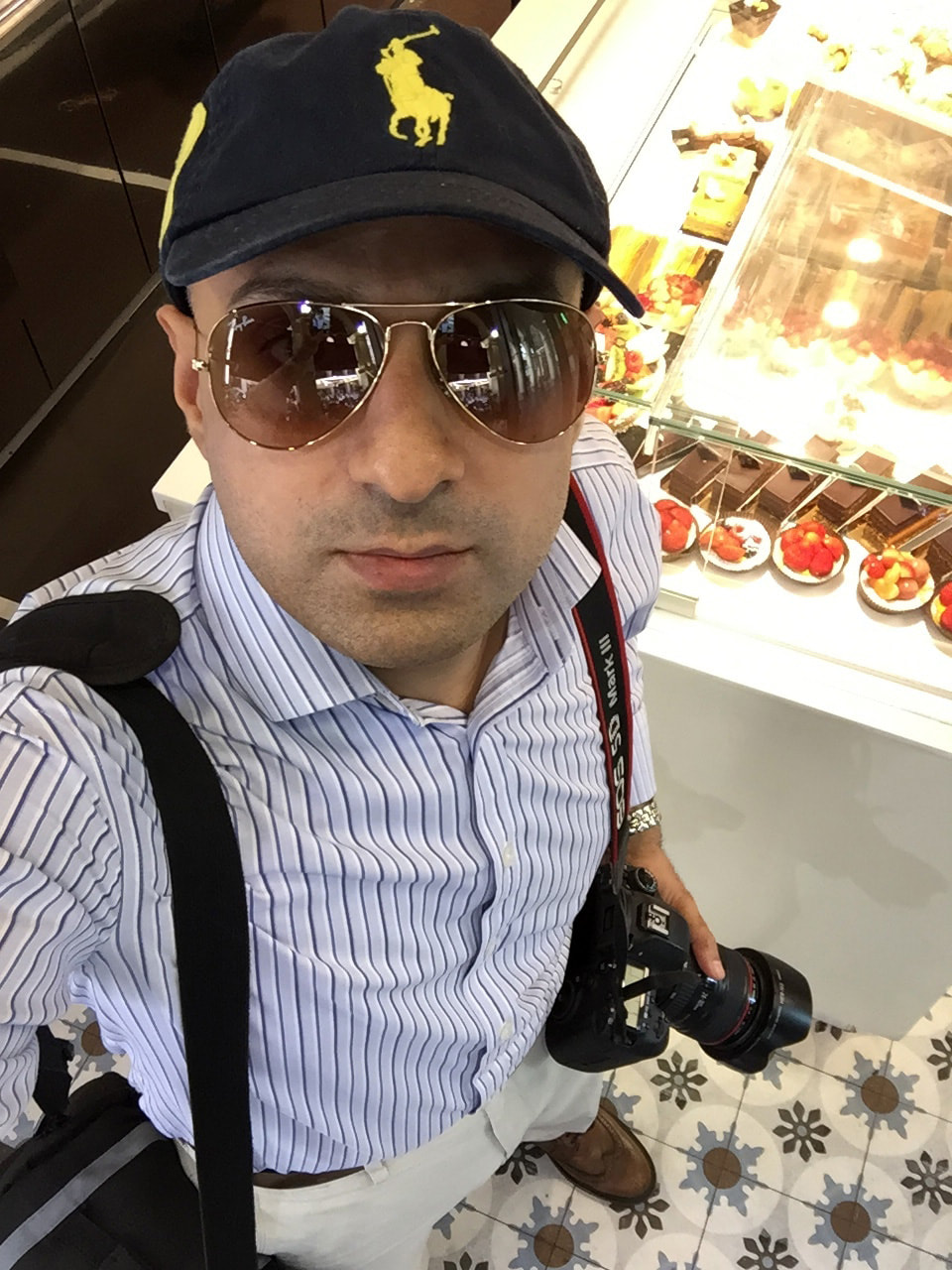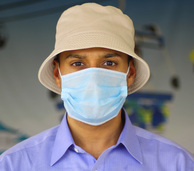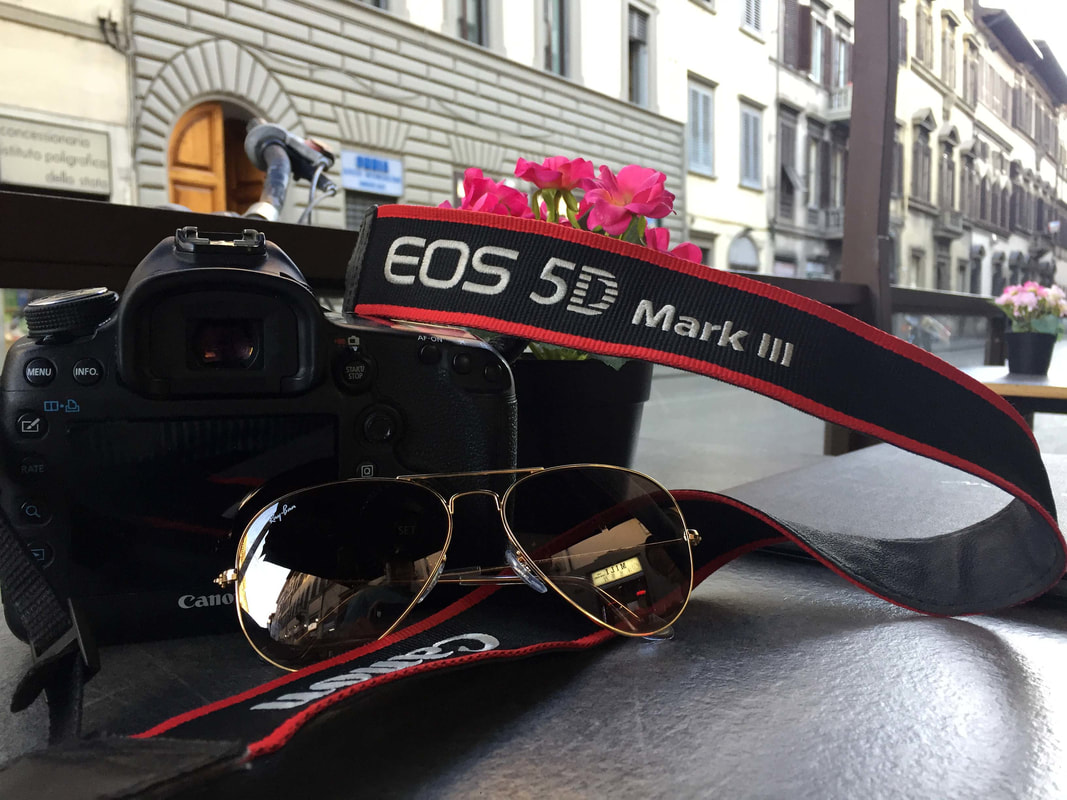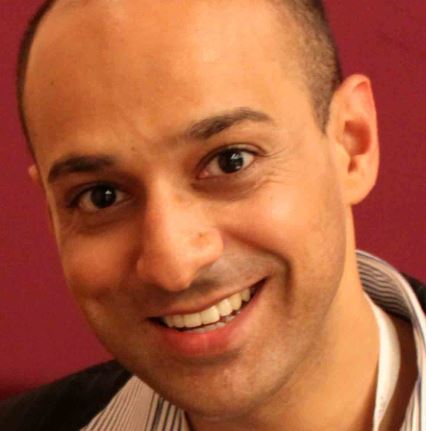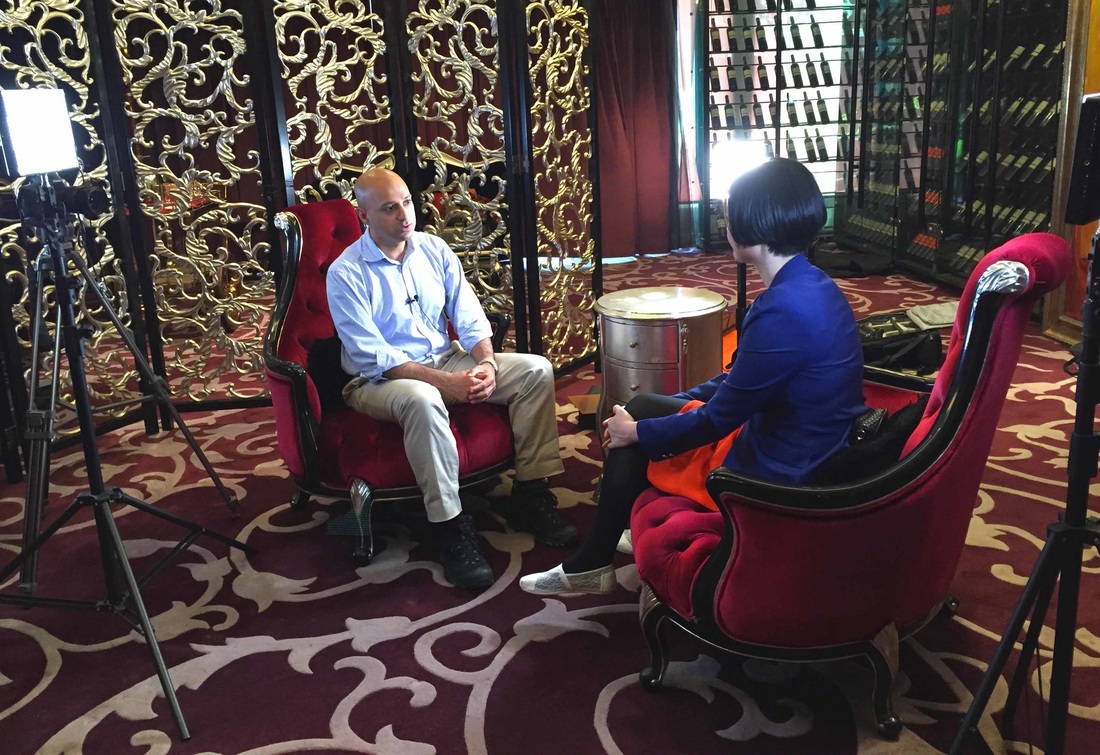|
I have been waiting for this week to arrive for a very long time. With only 5 days to go before the start of one of the greatest shows on earth (the other one being the FIFA World Cup, of course), the city of Shanghai, and indeed the whole of China, is going to be at the centre of the world's attention for the next 6 months. World Expositions have traditionally, since the first fair in London in 1851, served as a showcase for the ages of industrialization and globalization. Nation branding has emerged in the last twenty years. The Shanghai World Expo will undoubtedly supply these functions. But it will also signal the new age of cities, with the first universal exposition focused on cities. No city more symbolizes the new urban age than Shanghai. The theme, “Better City, Better Life,” culminates millennia of human imagination about the better city. In Shanghai the challenge of how to create a low carbon footprint, a largely self-sustaining urban environment, will be explored in detail. Everything about the Shanghai World Expo, which runs from May 1-October 31, is supersized- and that is everything from the food, the buildings, the roads, the designs and the vibrant events that would be put on show. This Expo can be classed as the Olympics of architectural design. There are 200 pavilions from countries, Chinese cities, various international organizations and corporations. Seventy million people and 400,000 daily are expected to attend- the vast majority of them are anticipated to be Chinese nationals. The Expo, spread across both sides of the Huangpu River, in both the old Puxi and new Pudong, required 30,000 workers and now utilizes 70,000 volunteers. An estimated 100 cultural events are planned daily, totaling 20,000 through the end of October. Various conferences on urbanization will occur. The size and extent of the security operation has not been disclosed, but the entire city, not just the Expo area, has been placed on lock down. There will be many in China who will be unwilling or unable to attend the Expo. Therefore the government has created the first virtual Expo, which will reach 100 million people. Preparations for the Expo included a vast scheme of urban modernization. Shanghai has doubled the subway lines, built a new airport terminal, renovated the historic Bund waterfront, and launched a promotional campaign with the blue mascot and various media that has reached into every corner of the city. No other country has the ability or will to undertake such a mass campaign. The Shanghai government has given every resident one free ticket and travel money to insure families attend. Beyond the unending superlatives and complaints about crowds, the Expo will achieve three important objectives. First, is to bring hundreds of millions of Chinese into the modern world, by bringing the modern world to them. China will achieve in six months what could have taken decades to achieve anywhere else in the world. Second, the Expo will provide the most important examination of urban life ever assembled in our lifetime (well, in my lifetime anyways!). The Urban Best Practices area will display real space sustainable projects on buildings, roads, public space and infrastructure. And finally, the Expo will significantly strengthen the national commitment to low carbon development. This, for sure, will bring the issue of green house gases on the agenda at most of the press conferences that will happen throughout the duration of the expo. The signature pavilion of the Expo is the Chinese red “oriental crown” Pavilion, almost three times taller than any other structure. It is a statement to the Chinese people, and anyone else who has not yet figured it out, of where China stands in the world. On October 1, 1949, Mao Zedong declared to the people of China, “The Chinese people have stood up”. On Opening Day, May 1, 2010, this is proclaimed to the world. Below are some of the photos I took on a recent VIP tour of the expo prior to its opening: Organised by TTG Asia Media and MP International, with Hangzhou Tourism Commission (Presenting City), the Sofitel Shanghai Sheshan Oriental and the Millennium Hongqiao Hotel Shanghai, the IT&CM (Incentive Travel & Conventions, Meetings) from the 7th till the 9th of April 2010 was a showcase for China to promote itself to the world through various forms of channels connected with tourism including major international and Chinese branded hotels’, resorts’, theme parks’ and tour operators’. The main reason for its presence was to serve as a platform for the 230 exhibiting companies and organisations, as well as international and leading Chinese participants in the MICE industry to explore exciting business opportunities within the world of travel. The theme for the 2010 event was labelled as “Bridging the global MICE business”. The beautiful city of Hangzhou, which is considered one of Shanghai’s two branch cities (the other being “Suzhou”) was hosting as a presenting city. Hangzhou is promoting itself as the best city for tourism in China 2010 and beyond. With the Shanghai Expo 2010 just around the corner, the IT&CM was a perfect platform for various countries, which have planned activities during the Expo 2010, to showcase themselves to China and to the buyers who had come from around the world. Overall there were just over 300 buyers in attendance from over 39 countries ranging from Europe, Middle East, Africa, Americas and the South-East Asia region. This was well backed up by over 100 supporting media from around 26 countries. The vast majority of the buyers and exhibitors were from South-East Asia and the Greater China region. The main question here is, did the IT&CM achieve its goals? Was it worth it for everyone to fly in from around the world and spend their 15 minutes face to face with their hosts? The answer to this is not as easy as one may assume. For those people who came to the IT&CM in the hope that they would sign a few contracts, this was not the place I would imagine as it was rather a platform for putting faces to names, and making sure those vital working relationships are cemented in person rather than on the phone or via e-mails. Though having spoken to a few exhibitors, the event seemed to a good success. One of the spokesperson for the Portman Ritz Carlton in Shanghai, who did not wanted to be named, made numerous positive comments. Perhaps she was a bit too proud that on that very day (8th April), the former US President George W Bush was staying at their hotel. As with all the other US Presidents, including President Obama, the Portman Ritz Carlton is the preferred choice when they visit Shanghai. Mr. Bush was in town for a short 2 day “unofficial” trip to meet China’s Finance Minister Mr. Xie Xuren. The security and secrecy of their meeting was so high that the Grand Hyatt in Pudong, where the meetings were held, was closed off to the media and public for half a day (so no guests were allowed to stay inside during that time). Having just arrived from the west, where there is still the bad air within the economic climate, I seemed to get the feeling that everyone is heading off to China, India or somewhere else in the emerging markets world. Kaiane Aldorino, the current Miss World title holder, paid a special visit to promote Vietnam as the premier destination, especially as the country is hosting the next Miss World competition in 2010. Hats must be taken off to Miss. Aldorino, a native from Gibraltar, who had to stand almost the whole day and take photos with her many fans. Accompanying Miss Aldorino on her PR trip across China was the founder and CEO of Miss World, Ms. Julia Morley. The IT&CM was also a platform for some international companies that have set up a new presence in China to provide a taste of their products. Such as international exhibitor, Sharon Lee, area vice-president of Sales, Asia Pacific of Melia Hotels and resorts commented: “Sol Melia’s comprehensive suite of properties is well diverse to cater to different buyer needs, with each property having something unique to offer.” Gran Melia Shanghai is the first Latino style luxury hotel in China to be managed by a leading European hotel group. It offers great scenic views of the Bund and the Oriental TV Tower. In his closing remarks, Mr Darren Ng, the MD of TTG Asia Media, thanked the participants, the media and the guests, and labelled the event a success. Mr. Ng also acknowledged the idea proposed by me that there should be more airline representatives in future events. This would be a great corridor to gather momentum for the travel incentives overall. One positive aspect which I really admired was that this event was well organised- and this is very important in China. The host hotel (The Shanghai Hongqiao Sheraton) was a superb choice for all the participants to stay at. All the essentials amenities of life were available, and even more so for journalists (internet and telephone etc.). Then there were some other prominent faces present at the IT&CM, including Kieu Hoang, a self made successful businessman who is the head of the Kieu Hoang Tu Thien (Charity), head of the Tien Giang Tourist Company, and also the host of the Miss World competition in Vietnam in 2010. Below are some photos showing the highlights of the media event. These included press conferences from the respective tourism boards of Hawaii, Japan, Malaysia, Egypt, and various others. So its off to Bangkok in October 2010 for the next event organised by TTG Asia Media! Usually I travel non-stop between the UK and Asia, which has prompted me to get to a stage in my life where I am fully aware of all the major air routes between Europe and the Greater China region. For example, the normal air route from London to mainland China and Hong Kong takes planes from London over to Brussels or Paris, then over Germany, Russia, and entering Mongolian airspace through Siberia, down towards Xi'an, and finally making its way towards the Chinese cities (Shanghai, Hong Kong or Guangzhou). On my recent flight from London to China, I decided to fly with Emirates Airline. This effectively allowed me to blend in my press trip to Dubai and do an airline review for Emirates (my initial sponsors). For me, without a doubt, the most interesting part of the trip was taking the flight from Dubai to Shanghai- and what’s more, it happened to be a morning flight so the views provided along the way were just magical. The Dubai to Shanghai route took us over the Dubai creek (flying towards the Arabian Gulf), and turning back towards Sharjah (which we went over), then making our way just below Afghanistan, then entering southern Pakistan (just around 100 miles west of Karachi), and heading north-east towards the Indo-Pakistan border somewhere in the Rajisthan Desert. Once the plane entered Indian air space, it made its way across the north of the country, passing Jaipur, Kanpur and then towards Varanasi before entering Bangladesh. As the plane went over Kanpur at around 39,000feet (FL390), we were welcomed by clear views of the Ganges river, and in the distance, a spectacular view of Mount Everest’s peak sticking out of the clouds. I could not resist taking the photo. It was just truly magical. Equally stunning was the sunset in the horizon (eastern horizon) as the plane went over Kunming in Yunnan Province at around 38,000 feet and making its final hour approach into Shanghai. It was one of the most scenic flights I have taken ever, and truly memorable. I have a special affection with the Peninsula Hotel. It all started way back in 2005 when I went along for a short stay at the Hong Kong Peninsula. That hotel and location has a special place in my heart- it just projects the ambiance of Hong Kong’s culture, history and buzzing lifestyle which blends in well the fusion of the west and the east. The Peninsula is a sign of luxury, comfort and style more than anything else that a hotel offers. I fondly recall going to the 81st birthday of the Peninsula in Hong Kong last November, and it was at that event that I was informed of the opening of the new Peninsula in Shanghai. It’s no surprise that I was tempted to go and check the new facility out, even more tempting that it is well placed in the old colonial Bund, right opposite the Suzhou creek and the Huangpu. The Peninsula Shanghai- the first new building on the world renowned Bund in over 60 years opened in October 2009 and brings along the culture and strong heritage from its parent company, the Hong Kong and Shanghai Hotels. The Hong Kong and Shanghai Hotels Limited used to own and operate four premier hotels in Shanghai in the 1920s and 1930s when the city was classed as the Paris of the East. Even today, now with the Shanghai Expo 2010 around the corner, the hotel is well placed to represent the finest elements of this fine city. Shanghai is now the “New York of the East” and the Peninsula in 21st century Shanghai represents luxury and lavish art decor. Well, it goes without saying that the Hong Kong Peninsula is almost like a flagship hotel site for the whole Peninsula group, but wait till you get to the Shanghai Peninsula-every inch of this 14 floor hotel is just stunning- it portrays true luxury. I really cannot think of any other word than that. While most of the interior decor is largely based on the same kind of design and philosophy as that of the Hong Kong Peninsula, the Shanghai Peninsula, with its 235 glamorous rooms and suites, focuses more on providing an experience that will take the guest to as close as being to the Shanghai of the 1930s. Examples of this are well laid out in all of the bars, including the very old fashioned and laid back Chinese Restaurant, Yi Long Court (13th floor) and the equally affluent western eatery and bar, Sir Elly’s (13th floor). It’s so good that even the likes of VVIPs’ such as Hu Jintao and the former leader of China, President Jiang Zemin are frequent guests. In actual fact Mr. Jiang Zemin dined at the Peninsula yesterday- the security was so tight and everyone was closed lipped that even journalists’ were only informed once he departed the building. The 14th floor, which houses the splendid Rosemonde Aviation Lounge, is ready for use, although is currently closed off to the public because the hotel is waiting for permission from the Shanghai government to allow helicopter services to commence. Once the hotel receives that approval from the Shanghai Aviation Ministry, the Rosemonde will be used to bring in distinguished guests by Helicopter from the Airports (both Hongqiao and Pudong), and also will be able to offer Helicopter tours of Shanghai for guests. If there was an example of luxury than that is portrayed in the guest rooms- each room is a great fusion of the old and new. At the touch of a button you can control the humidity and the temperature of your room. Lights have a superb phased “mood” effect so that you can sleep in a dreamy atmosphere. One may say, well all five star hotels are the same, right? The Peninsula is in the correct position to argue that this is not true- especially when complimentary international calls, complimentary fax, scanner and copier machine, complimentary internet (including Wi-Fi), and a fully automated digital TV in your bath are included in the room package. Toiletries’ are provided by Davi. Then there are those minor but important things of life such as the laundry and the ironing that are taken care of. But the most important aspect of the Shanghai Peninsula is its prime location on the Bund, and the experience it provides to its guests. The message is simply, you are in Shanghai in the 21st Century, but you want to experience what life was like living in a classic hotel during the pre and post war era in colonial Shanghai- then the Peninsula is the place. Peninsula is all about chic and class- but more importantly it’s about perfection in everything from the food to the quality of the furniture at the end of the day. I have travelled to so many places and lived in so many high quality hotels around the world, and more importantly in China- and with this experience it is a fair comment to make that I have not found a single hotel in China (except for the Peninsula) where the staff can speak good enough English, where you don’t have to end up being frustrated at not being able to get the essentials of life that we in the west are used to (such as an Adapter for example, or a perfectly cooked western breakfast for example). Yes, there is a price to pay but you pay for absolute comfort, experience and a hassle free stay- the Peninsula provides all of this. The Chinese staff are fluent in very good English, and if there is a problem you can be rest assured that you do not have to end up being frustrated like in some other 5 star hotels. In actual fact the service and living experience at the Peninsula is so good that one wishes that every other 5 star hotel in mainland China were up to this high quality standard. One interesting aspect of the Peninsula Shanghai is that over 60 percent of the guests are from mainland China and Hong Kong. With this fact in mind it is still amazing that the staff at the Peninsula Shanghai understand western culture and ethics so much better than staff at any other western five star hotel in China. This great preparation to please the foreign guest in the heart of China’s most happening city is to be applauded.
Some of the great highlights of the Peninsula are its stunning indoor 25 meter swimming pool, which has a glass ceiling, so you can look up towards the stars while swimming- and, oh, that Jacuzzi is just something out of this world! If you don’t swim then a dip in the Jacuzzi is well worth a go. There are also over 45 massage and beauty therapy treatments on offer in the Spa on the 3rd floor- exclusively for guests. Prices here start from around 350RMB for as traditional head massage. The Rosemonde Lounge, the Compass Bar and the 1930s style Salon De Ning. The Salon De Ning, which is open from Tuesday to Friday in the evenings, houses a spectacular decor consisting of various themes such as Indian, Upside down and underwater (there is a full diving suit from the 1930s lying right beside the seat!). During the Shanghai Expo 2010, the Shanghai Peninsula is offering special packages known as the “Peninsula EXPO-rience” from 1st May until the 30th October 2010. Prices start from 2010RMB excluding a 15 percent surcharge. For a Grand Deluxe Room with the Huangpu river view, prices start from 3610RMB plus 15% surcharge (this excludes breakfast and airport transportation). I have just arrived in Shanghai from Dubai, where I have been for the past 4 days on a press trip. Actually I should have written about Dubai first but since I am know that I am going to be exceedingly busy for the next few weeks, I thought I would first start writing about Shanghai and get most of my writing for this city completed...I will write about Dubai soon (got lots to write about!). Well, I arrived at Pudong Airport, located around 35 miles to the east of the city, and on the South China Sea. Just under 12 hours ago I was on a beach "party" (its not really a party but more like a BBQ dinner, simulated to be a beach party- and located on a white sandy beach at Palm Jumeirah at the Atlantis). And from all that middle eastern/western fusion ambiance, my life brings me to Shanghai- the "New York of the east". A complete contrast to everything I had experienced in Dubai only a few hours ago- this is serious culture shock! Language, food, culture and the weather is all something I am trying to adapt to as quickly as I can here in Shanghai. I felt so disoriented that for some reason I thought today was Friday, and ended up walking all the way to the office to realise that it was saturday (it happens to the best of us, and now it happened to me..!). Here's a little bit about Shanghai and its surroundings. Shanghai (Chinese: 上海), which means “Over the sea” in Chinese, has been, for times in memorial, known as the “Pearl of the east”. However, since the turn of the 21st century China’s Contemporary art and fashion market bubble has boomed so much after becoming the hottest thing in the art world, turning this fascinating metropolis full of skyscrapers into being dubbed the “New York of the East”. The city has churning out some of the most sought after fashion designers. 21st Century Shanghai is still a burgeoning honey pot for global businesses and tourists alike - though these days it more of contemporary art collectors and budding architects that are rushing to the city. While maintaining its role as a gateway to nearby artistic and historical towns such as Hangzhou and Suzhou, both of which are centres of China’s cultural and heritage significance; Shanghai itself has a wealth of heritage experiences as well as contemporary art and rich cultural offerings. For those who love to explore their gastronomical interests, Shanghai is a heaven for fine fusion dining; as well as a spectacular destination for avid shopaholics. No trip is complete without a visit to the art galleries onTaikang Luin the southern part of the French Concession (Luwan District), and Moganshan Lujust south of the Suzhou Creek in the northern part of town (Putuo District). Both roads are bee-hives for resident artists and fashion designers, located in a series of industrial warehouses that have been converted to galleries and artists' studios where much of Shanghai's burgeoning art scene has started to coalesce in the last few years. There are a must-visit if you like contemporary art, fashion and photography. Various former warehouses and factories along Suzhou Creek, such as Wu Wei Road (ShanghaiART) and Jumen Road (Galerie Dumonteil), are also being converted into galleries. All around the metropolis there are remises of Shanghai’s colonial past that blend in side by side with western styled Chinese architectures, ranges from hotel’s to ancestral residences which have strong historical implication. More significantly this is the place for anyone who wants to show their new art and architectural works. So much so that even nightclubs have been inspired to decorate their interiors using the latest art handpicked from Moganshan Lu! Shanghai’s oyster beds remain among the world's most fertile grounds for pearls, of both the saltwater and freshwater variety- these proving to be the vital ingredients for the contemporary art and fashion items. Still, Shanghai is nothing short of being tentative and brash, and if ever there was a city that needed to embellish the walls of its skyscrapers and had the financial resources to do so, Shanghai is it. Little wonder then that the art scene in Shanghai is growing at a dizzying pace and the city is well on its way to becoming the country's most interesting and provocative contemporary art centre. Formerly a fishing and textiles village, Shanghai gained international magnitude in the late 19th century due to its favourable port location. The city was one of the first in China that opened to foreign trade by the 1842 Treaty of Nanking. This enabled the city to thrive as a multinational centre of trade between China and the west by the 1930s. Divided into two parts by the Huangpu River into Puxi (West of the Huangpu) and Pudong (to the east of the Huangpu), twenty-first century Shanghai has been developed into a dynamic financial, fashion, architectural and artistic capital of China and has in recent years also become a trademark city as well as a branding image for this country. With the advent of the International Expo 2010, Shanghai is the place to be in. City of designs, art and fashion! The city has observed a see-saw occurrence when it comes to contemporary art and fashion. When mentioning Shanghai Art, usually the first thing that comes to people’s mind is 1930s and 1940s. Then there is a pause...a long pause for many years because the Shanghai art scene did not really open to audiences until as late as Year Y2K when the Chinese government decided that it was OK for Chinese artists’ to showcase their work to the world. Although it must be said that independent, foreign-owned galleries were some of the initial “experiments” with the contemporary Chinese art scene, first establishing themselves in Beijing in the early 1990s (Shanghai is relatively new to all of this). In Shanghai, the mother hen of them all was the independent ShangART Gallery, an inspiration by Swiss Lorenz Helbling in 1994; this quickly followed suit by galleries such as Biz Art and Art Scene China. Recently relocated to a much larger premises at 50 Moganshan Lu, ShangART represents some of Shanghai and China's hottest contemporary artists, such as painter and visual artist Xu Zhen, visual artist Shi Yong, and Pop artist Zhou Tiehai, the latter is known for his painting of former New York mayor, Rudy Giuliani framed by Elephant dung (anything goes here!). Other famous local artists include photographer Deke Erh and painter Xu Jie, known for her series of China Doll paintings. Artists and Architects from around the world are coming to Shanghai, realising that it’s quicker and cost effective, plus provides more variety to audiences. New ideas revolving around Shanghai architecture are growing but still very much a virgin concept when compared to the former two aspects of the city’s culture scene. With this immense growth it is easy to see why Shanghai is the most happening city in China, and it fails to disappoint. As an example, the St. Regis Hotel has taken to offering guests "Art tours” that are interested in visiting local galleries. But then again, who would require an art tour of Shanghai- a city that itself is a work of art. JIA Boutique Hotel Shanghai
While maintaining its role as a gateway to nearby towns such as Hangzhou and Suzhou, both of which are centers of China’s cultural and heritage significance; Shanghai itself has a wealth of heritage experiences as well as contemporary art and rich cultural offerings. For those who love to explore their gastronomical interests, Shanghai is a heaven for dining; as well as a spectacular destination for avid shopaholics. After the success of the Beijing 2008 Olympics, the next stop for most visitors to China, whether on business or pleasure trips, is likely to be the much acclaimed Shanghai Expo that runs from May until October 2010. Predicted to attract around 70 million visitors over the course of six months, the event is going to see a surge in diplomatic and corporate delegations as China has continued to achieve record tourists’ numbers. The run up to this much awaited event has geared up a fever for five-star luxury hotels in the city- with a record number of up market hotels being constructed at a dizzying pace. Apart from this, Shanghai is widely recognized as an Art Deco city with increasing numbers of travelers’ with a passion for art, architecture and social history visiting the city of Shanghai. It goes without saying that some of the rooms in these hotels are perhaps the most luxurious in China. The world's most well-known architects are flocking to Shanghai, where they are building the world's biggest skyscrapers and up-market hotels. JIA Boutique Hotel is one of the crème de la crème of the city. I stayed here for two nights and loved every singly second of my time here. As a frequent visitor to Shanghai, the Singaporean founder and owner of JIA Shanghai, Ms. Yenn Wong, knows very well the challenges faced when looking for a unique and affluent accommodation right in the heart of Shanghai’s French concession. That thought inspired her to create the idea of the JIA Shanghai into a successful reality. The accommodation’s chic doors opened to the public in August 2007 as Shanghai’s first true design-led boutique residence concept and, in a short space of time has already made a distinct impression among style-cognizant and discerning travellers – winning awards across the world including being voted on the “Hot List” 2008 by Condé Nast Traveller both in the UK and USA; the Travel + Leisure “It List” 2008; and “Best Hotel Design” in Interior Design China’s Hospitality Design Awards at the 100% Design Conference in June 2008. The rooms and suites were designed by Melbourne-based BURO Architects in association with Hecker Phelan and Guthrie Interiors (HP&G). With five floors offering spacious 55 guestrooms and suites averaging 45 sq. meters, the accommodation is designed as quietly theatrical, warm, and appealing spaces for the modern, design-conscious traveller. You have to see and stay at this place to believe all the accolades that are being showered all over it! If you are a camper, avoid coming here, and equally well if you are a fan of the Ritz Carltons’ or the Hiltons’ of this world- this is not for you. JIA Shanghai is about architecture, about style, about fashion and about a wonderful blend of art and creativity which also brings in some grassroots humour into the place (where else would you see a library table lying side by side with a lovely 1930s sofa?!). There is a bar and restaurant on the 2nd floor, so if you prefer to sleep like a log then ask the concierge not to place you on the 3rd floor (but honestly, its not that noisy).With a great fusion of contemporary 21st century ambiance and the 1920s colonial feel, the JIA Shanghai will give you a true taste of what luxury life was like when Shanghai was known as the "Paris of the East". Tucked away on the corner of the busy Nanjing West road, and minutes away from the most happening place in the city, the JIA Shanghai may not look very much a glam product from the outside, but inside it is. For sure it has that "Wow" factor when you look at the interior design and the ambiance is one that portrays that. According to the staff, the vast majority of the guests say that it is much better than the Hong Kong JIA, simply because it is well placed in Shanghai, and because of the historical significance of the building which it's been located in. The rather shabby looking building used to be a office block, however the renovation work has been amazing. It is indeed an eye-opener and makes you wonder what one can do with imagination, and stunning architecture blended in with an immaculate interior design. Overall it's that unique personal touch of the hotel's service for its guests that makes the difference between staying at the JIA and elsewhere. Where else can you get complimentary snacks and non-alcoholic drinks 24 hours a day in the dining room, a complimentary laundry (complete with free washing up powder and dryer), an in-room iron and board, complimentary Wi-Fi, in-room microwave oven complete with electric cooker and cutlery, and even your complimentary JIA Designer umbrella so you don't have to worry about going out in the rain. All the essentials of life are there provided at hand. There's even a gym for guests. Yes, parts of the hotel may make you feel as if you are in the Shanghai of the 1930s, but the overall design and the ambiance is one of a fashion oriented but with the seriously stylish guest in mind. This has to be the hotel with a personal touch. The staff all speak good English and although not aware of the true reasonings behind the surroundings in which they work in, are, nevertheless fully dedicated to making the experience a comfortable one for their guests. The guesthouse comes complete with an Italian restaurant, Issimo, whose architecture is the brainchild of the Hong Kong based Darryl Goveas of Pure Creative International. All rooms include breakfast and all-day beverages. There's also complimentary evening wine served in the lobby. Doubles from 1395RMB (US$174), Penthouse from 5500RMB (US$687). |
Get in Touch:LIFE MATTERSHere I share my thoughts
and experiences during my travels, and how some things have affected my life as an expat and world traveller. Travelling is about capturing that moment in life. Every word, view and opinion on this page is that of Navjot Singh - except where indicated. The most recent is at the top. Scroll down to read the archive. Or search using CTRL+F (COMMAND + F) and enter a keyword to search the page. Just some of the stories you never heard before. The NAVJOT-SINGH.COM web blog is separate to this web site....Click blog, which may not be visible in some countries due to local firewall restrictions, so in those cases this weblog may be read. The weblog also includes some of my press trip reports- most of which are not published on the official blog because of copyright issues. The weblog also contains articles that may be associated directly with a PR trip for a country, airline or a hotel. These are PR reviews done in relations with various companies. If you are an investor or a trend watcher then you may find this website useful as investing has a lot to do with personal observations and finding the ideal trend or next big thing. The average human on the street frequently knows far more about the state of the economy than politicians, university professors, subject matter experts, and financial analysts who seldom travel, or if they do so, only from one hotel to another hotel! The pulse and vibrancy of an economy is nowhere more visible than on a country's streets. All photos and words are © Navjot Singh unless stated. Photos taken by others or by agencies are appropriately copyrighted under the respective name. No photo or word/s may be taken without the prior written permission by the author (i.e. Navjot Singh). All Rights Reserved. Archives
April 2024
Categories
All
|
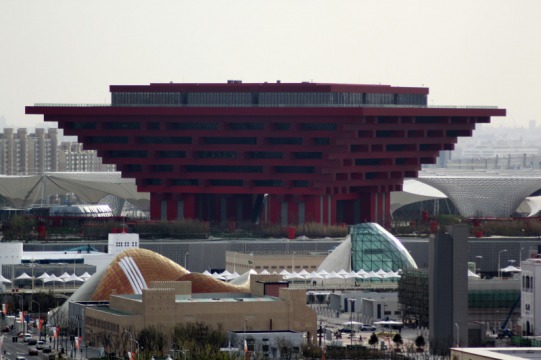
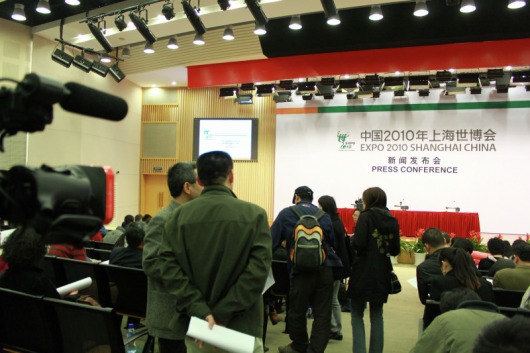
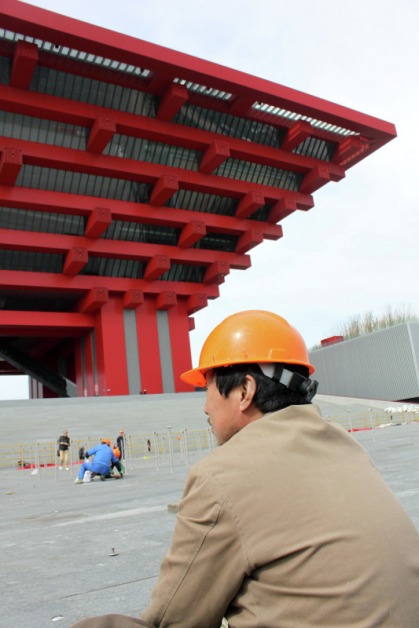
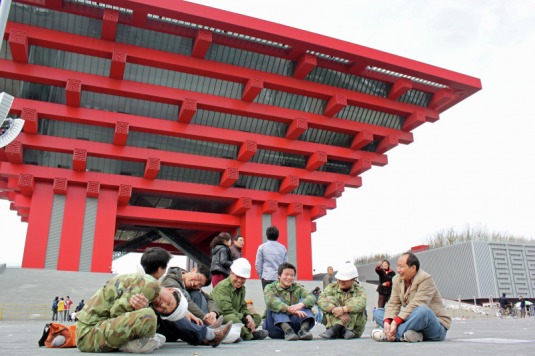
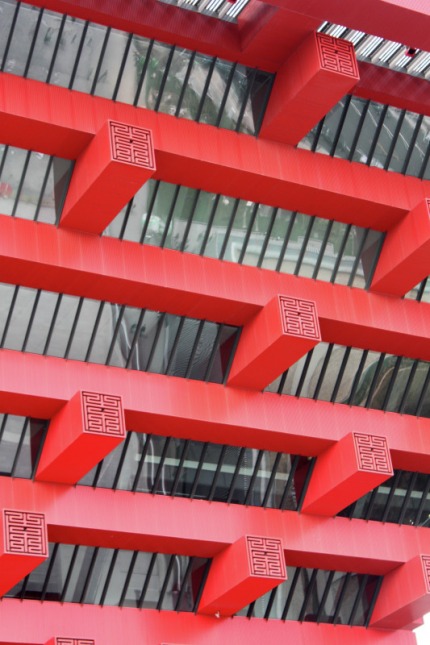
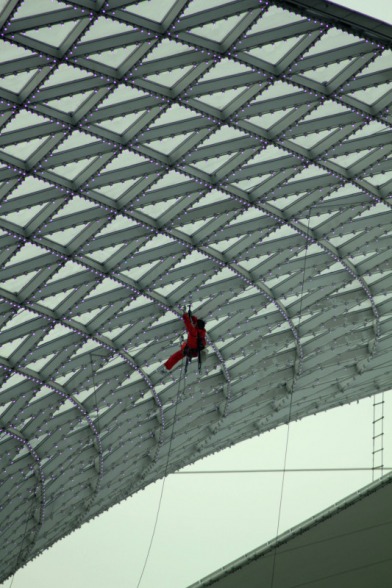
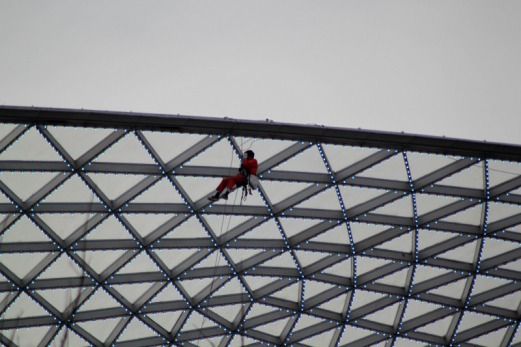
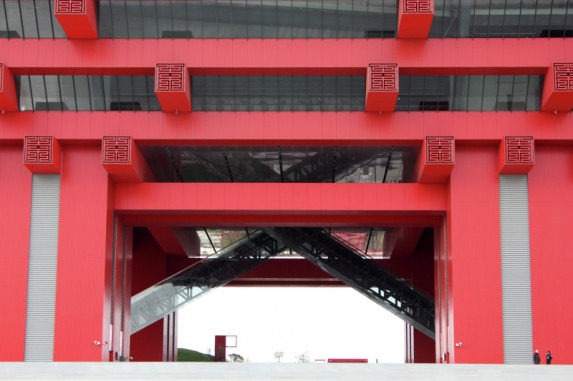
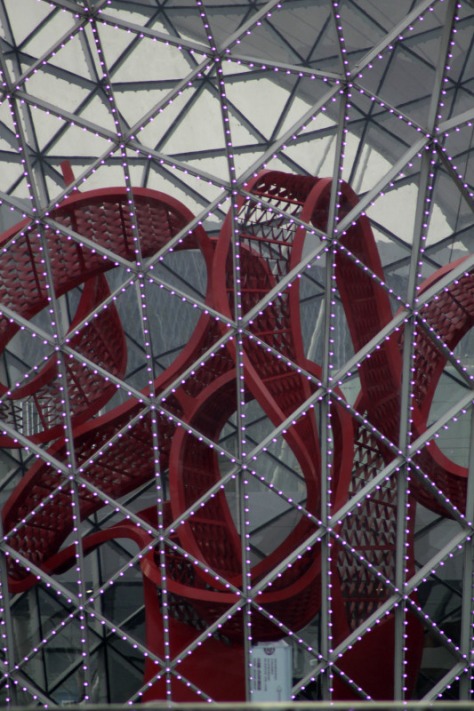
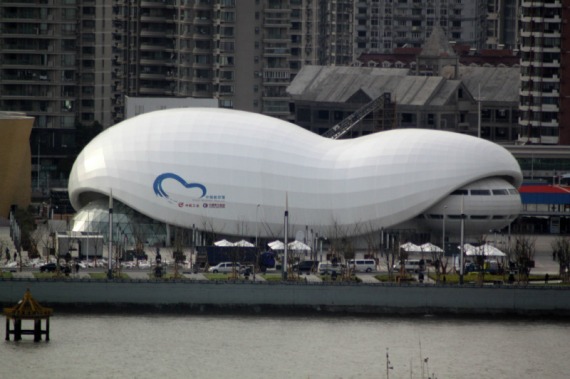
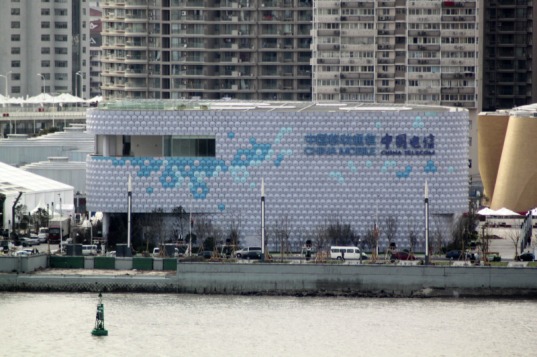
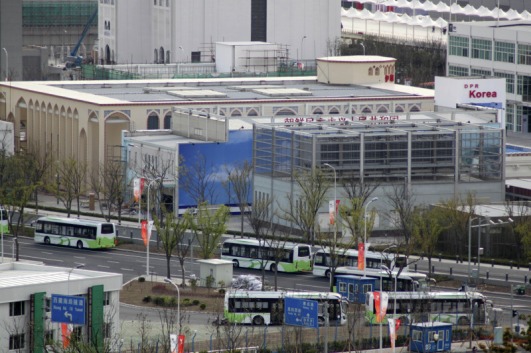
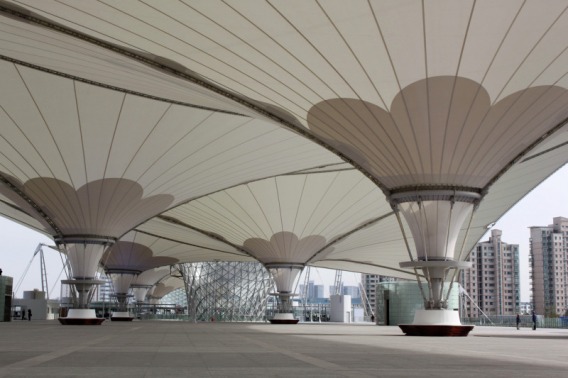
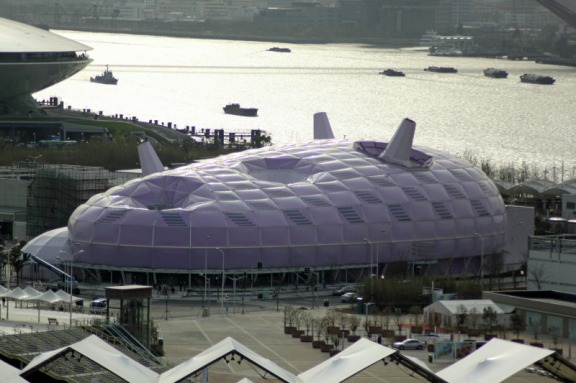
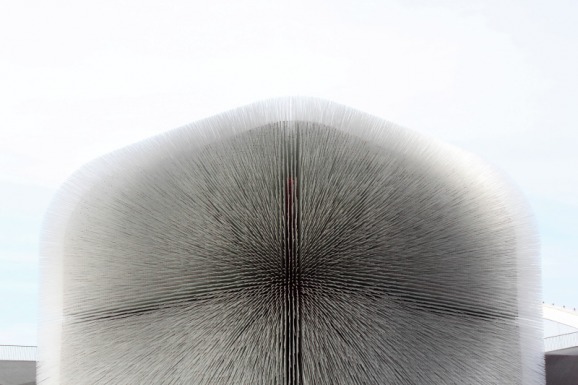
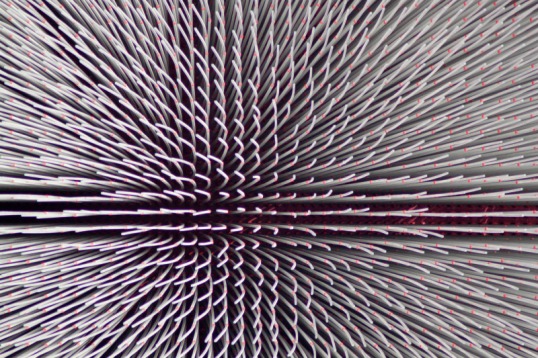
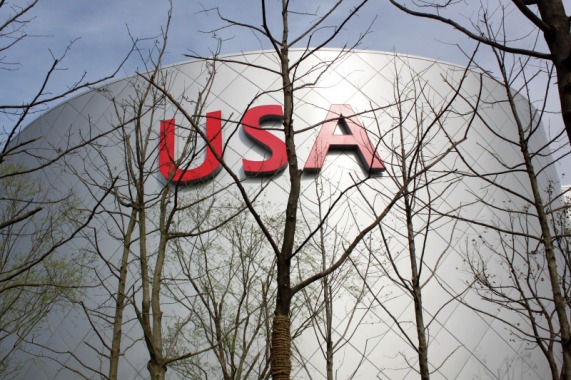
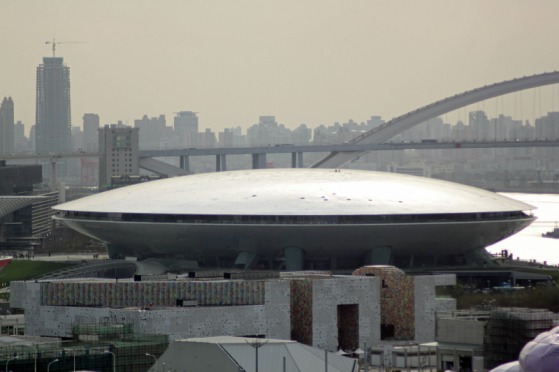
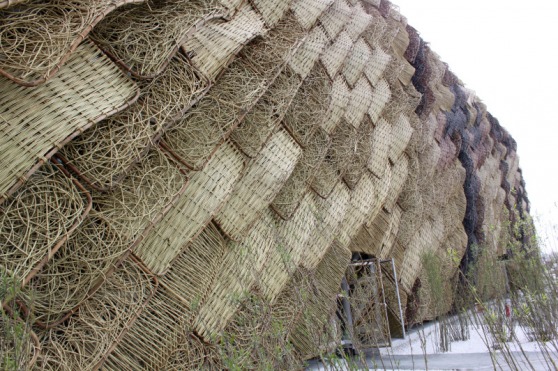
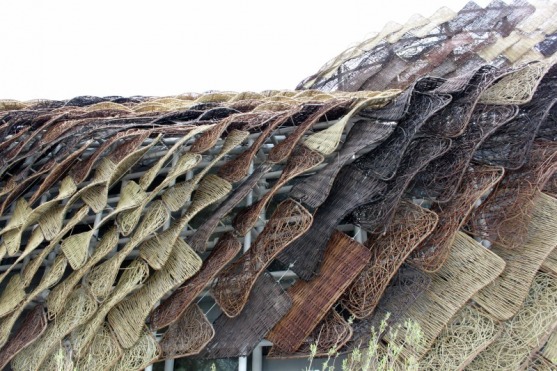
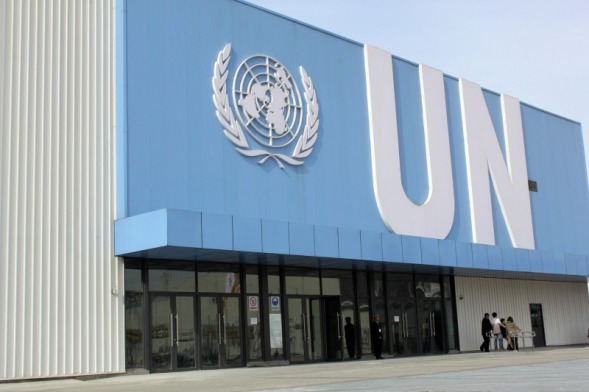
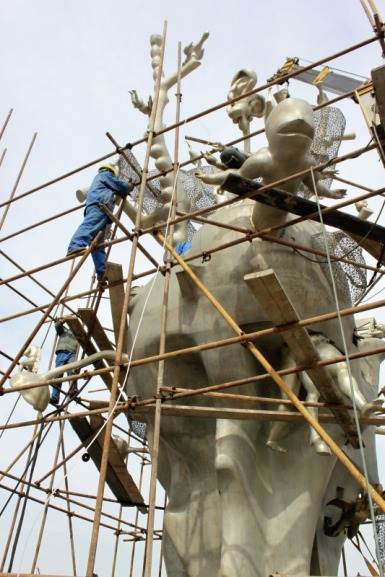
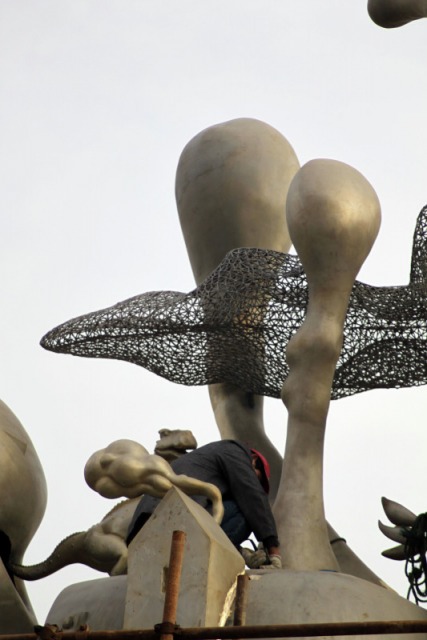
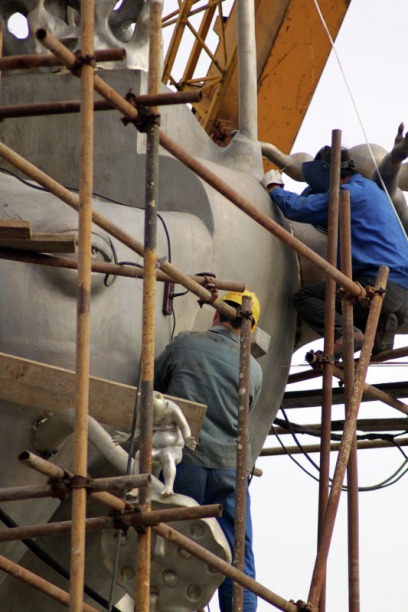
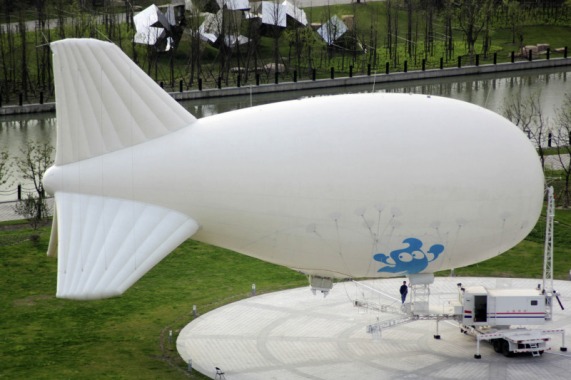
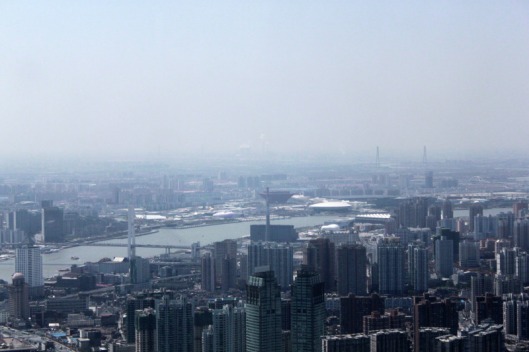
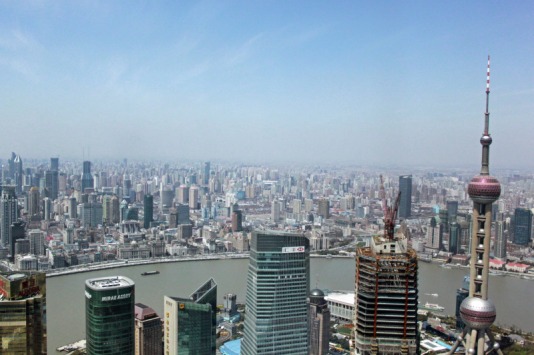
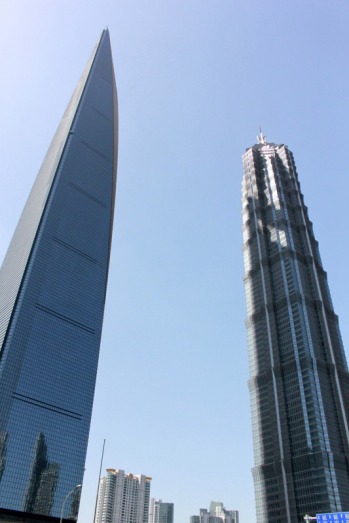
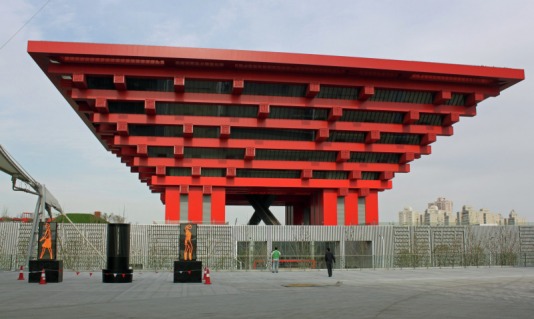
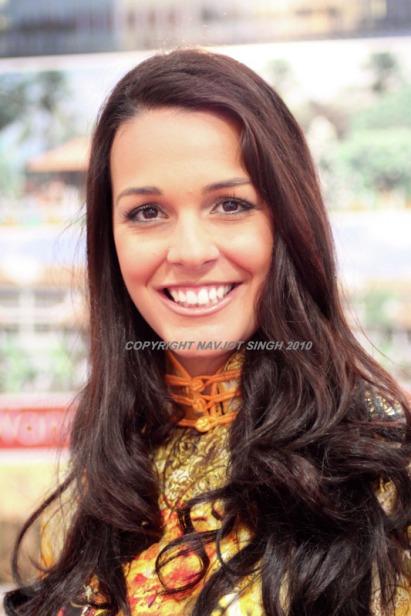
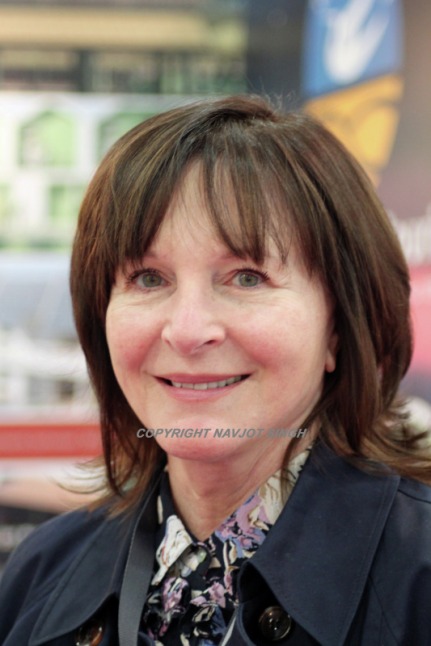
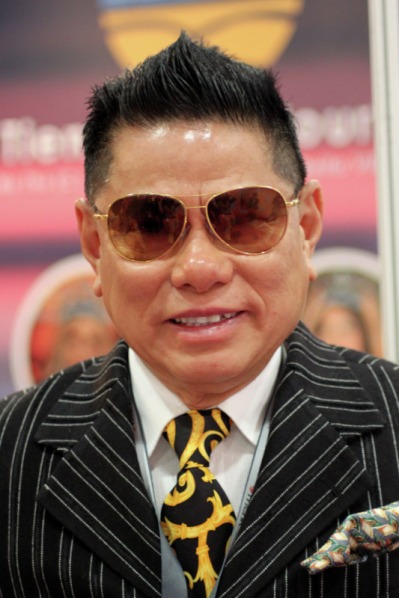
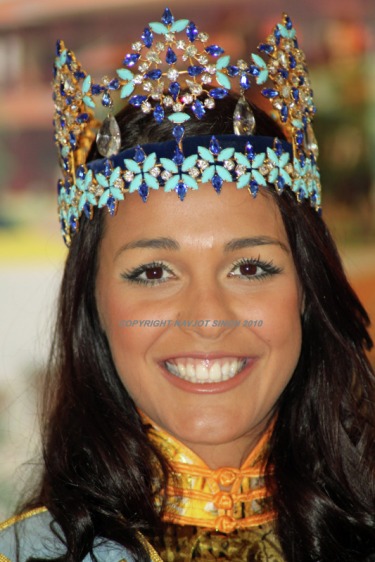
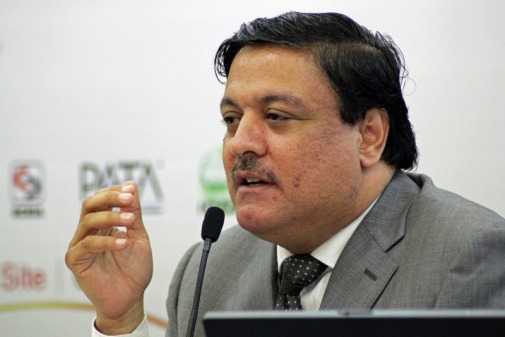
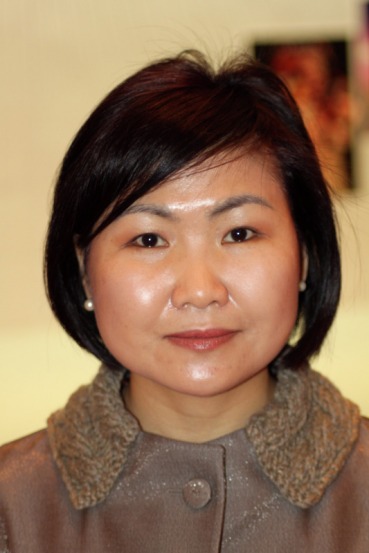
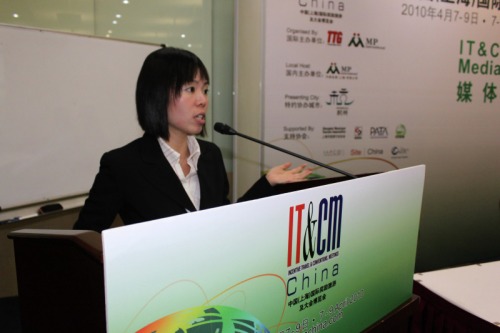
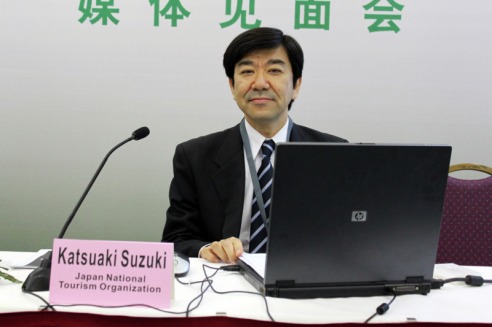
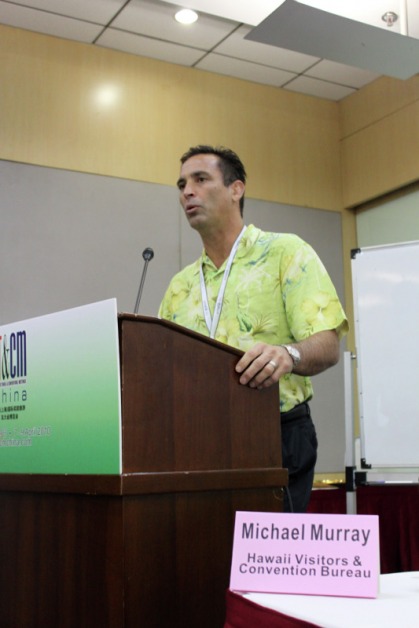
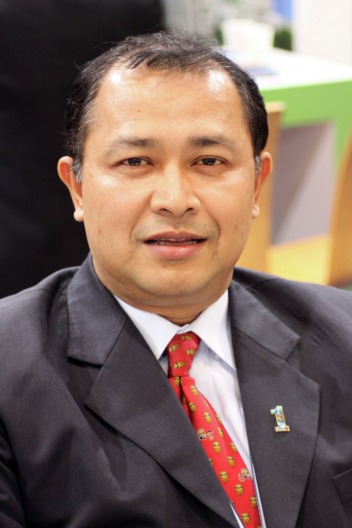
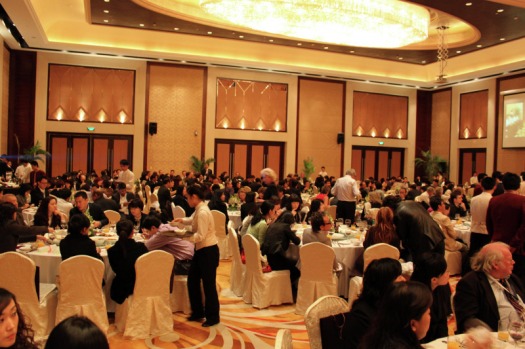
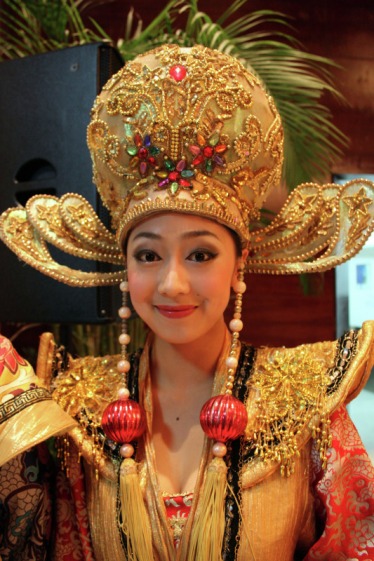
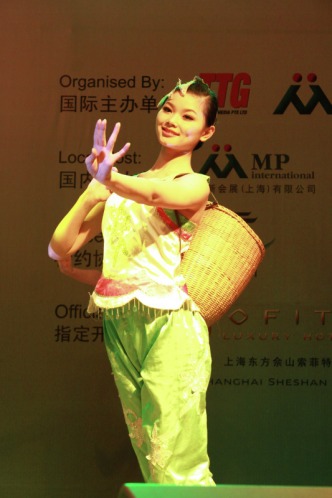
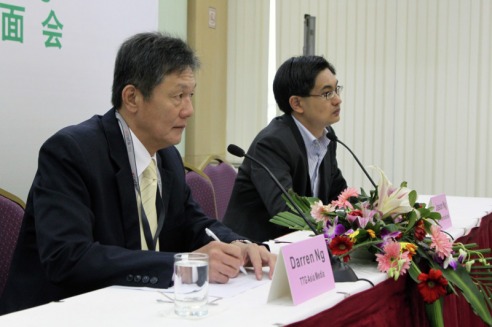
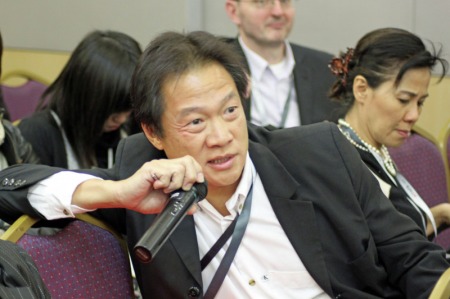
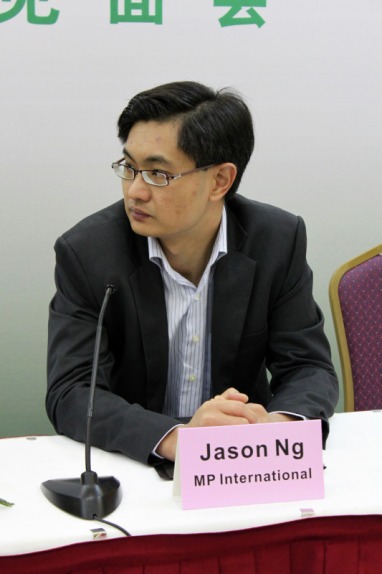
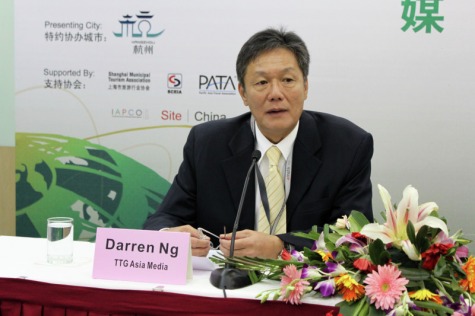
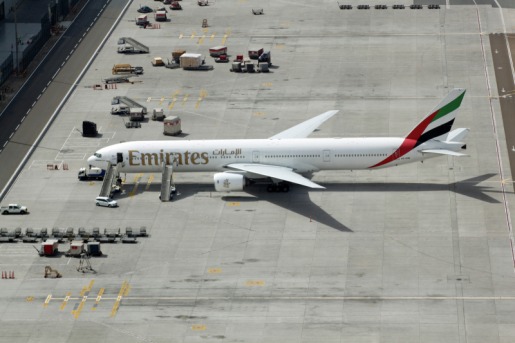
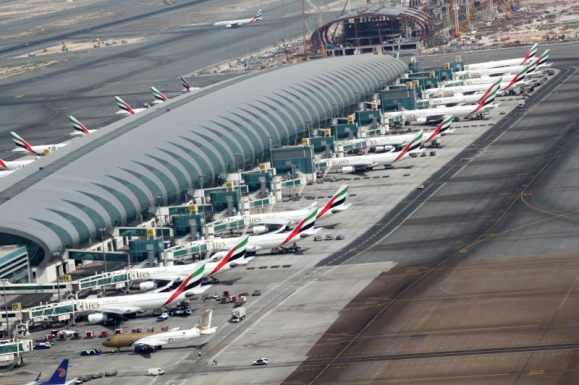

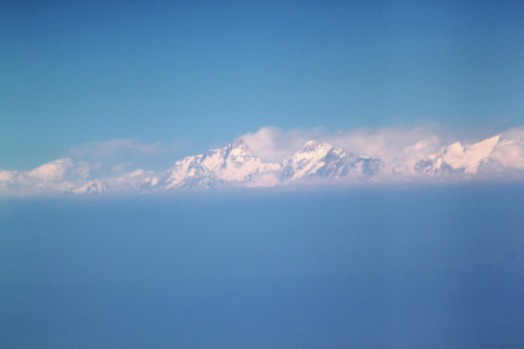
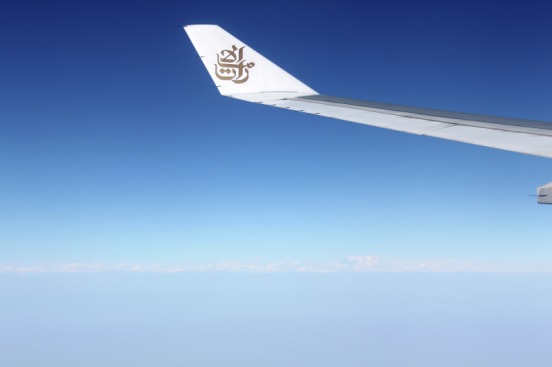
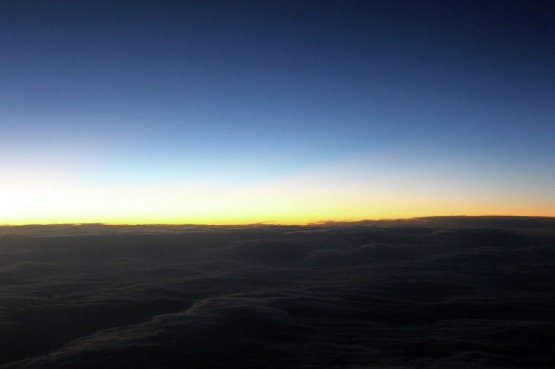
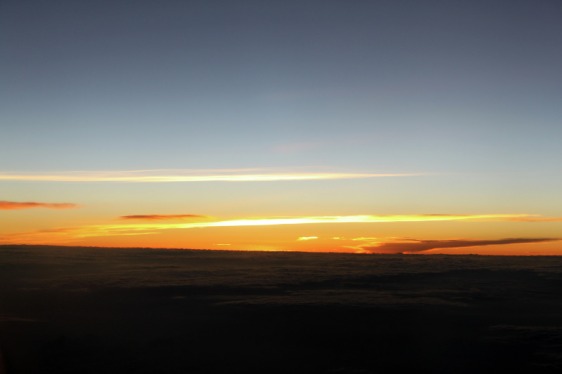
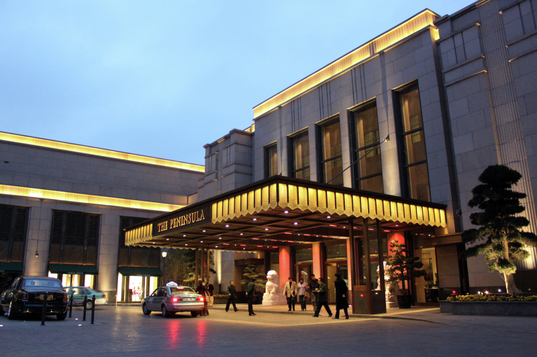
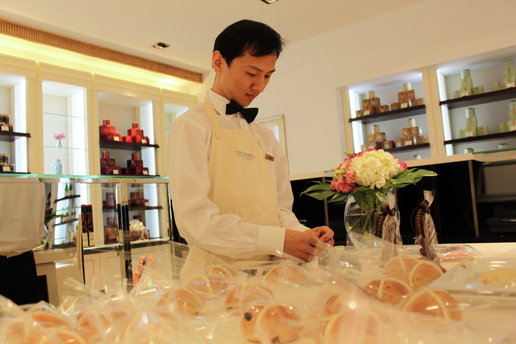
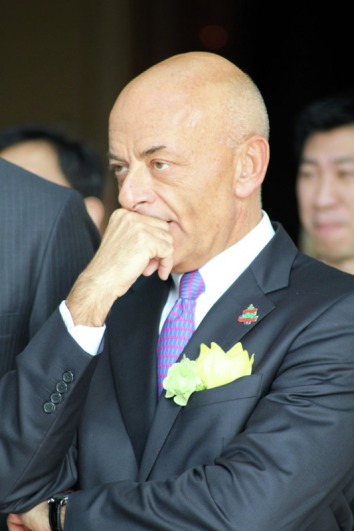

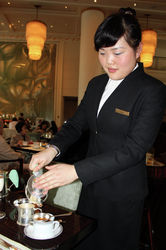
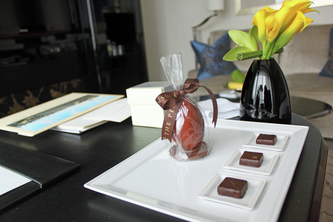
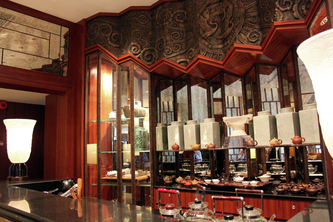
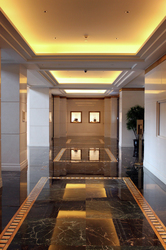

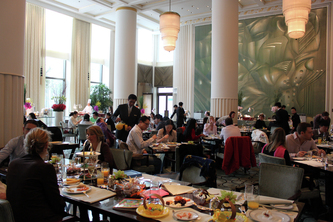
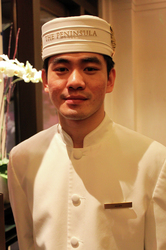
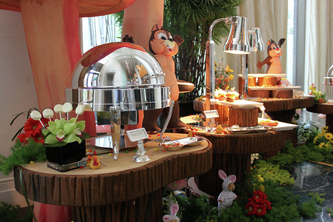
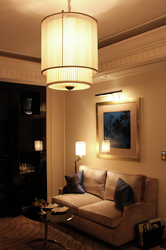
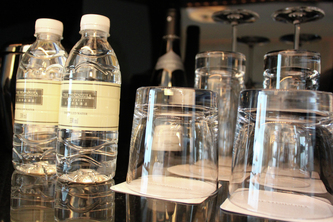
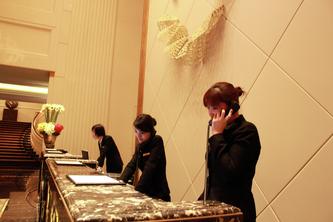
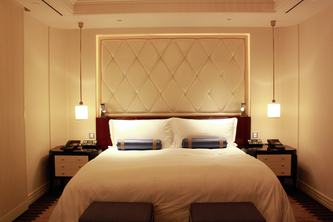
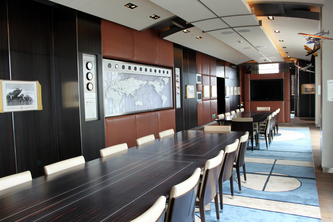
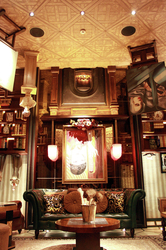
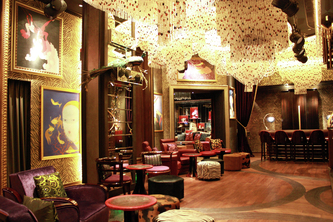
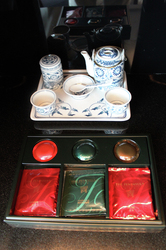
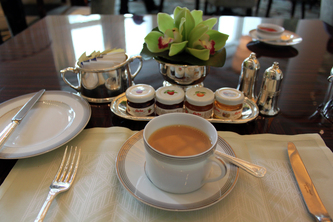
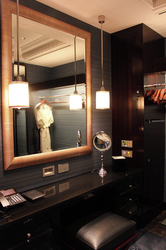
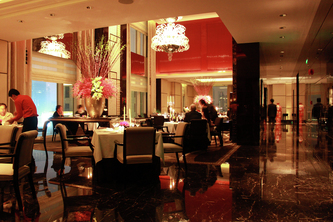
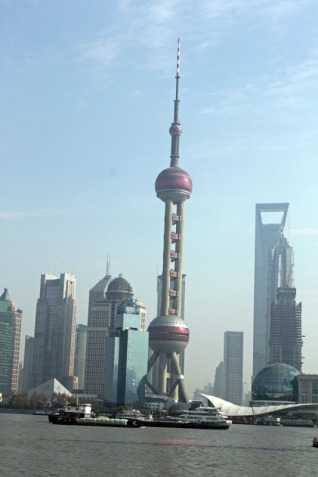
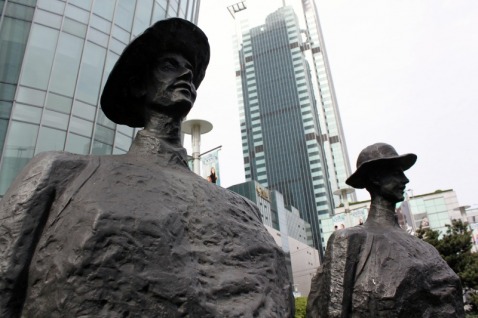
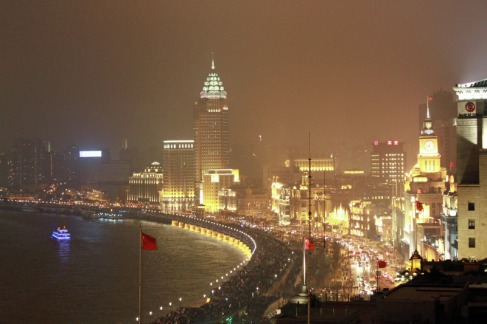
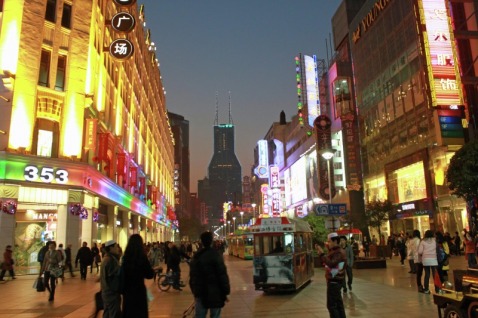
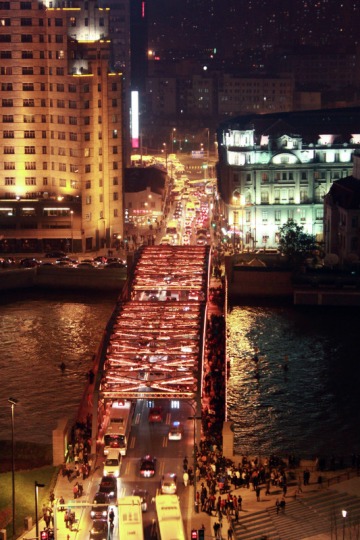
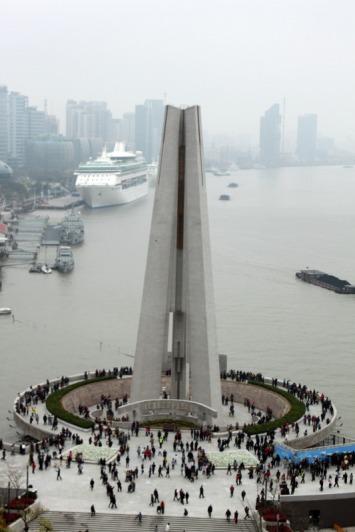
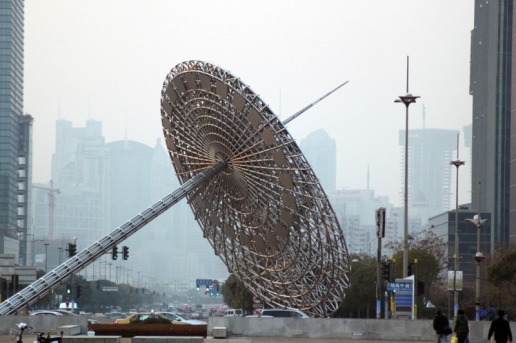
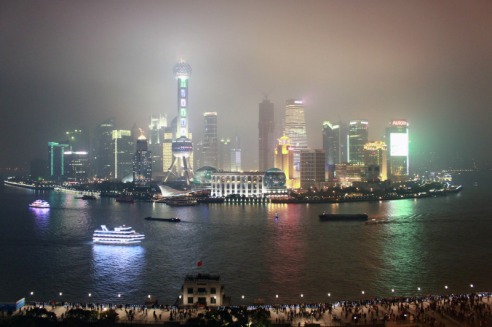
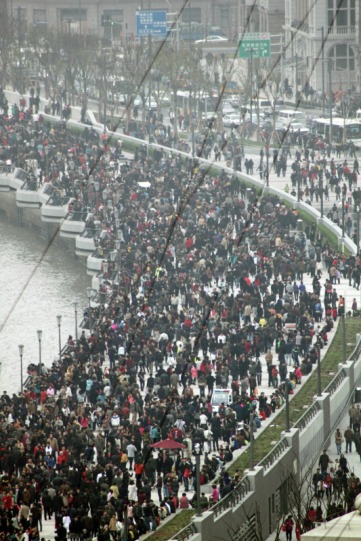
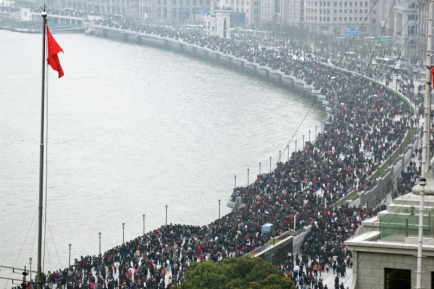
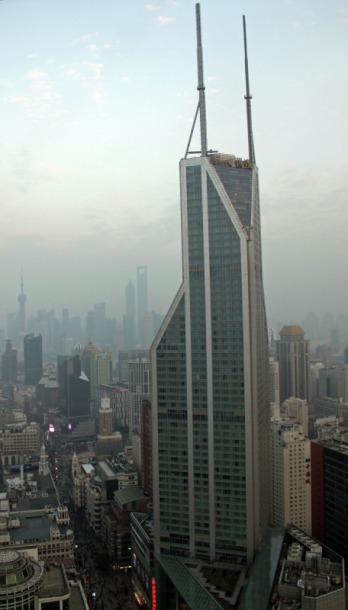
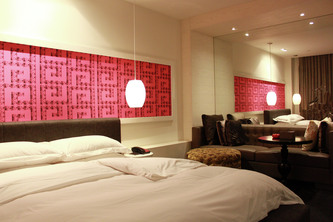
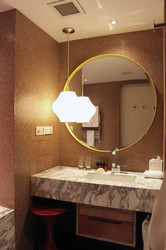
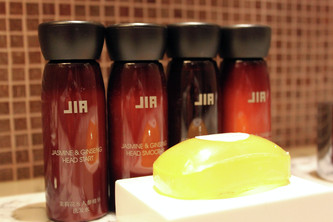
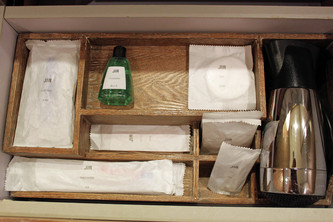
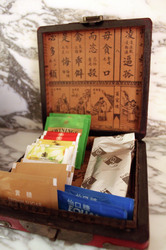
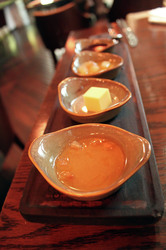
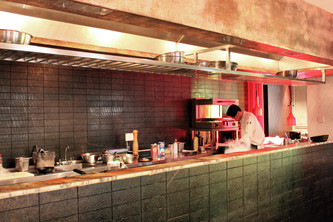
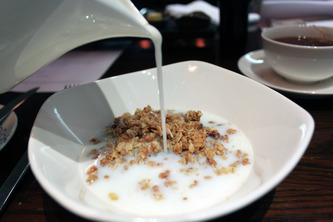
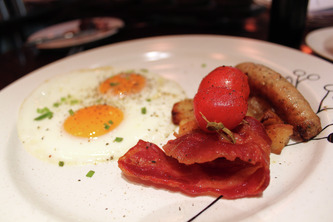
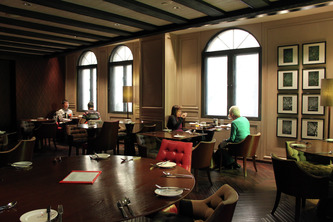
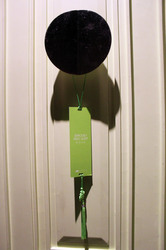
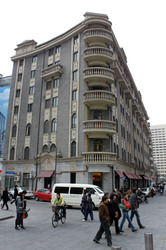
 RSS Feed
RSS Feed
